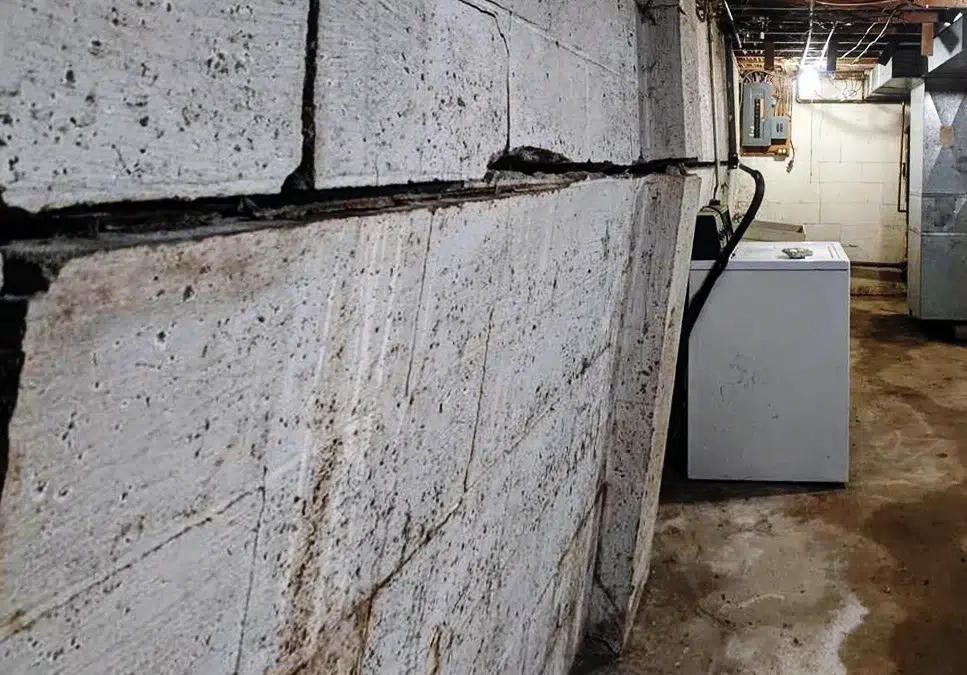If you’re considering buying a house with bowing basement walls, it’s important to carefully evaluate the situation before making a decision. Bowing walls can be a sign of serious structural issues, which can be costly and time-consuming to repair. Here are some factors to consider:
Cause of the Bowing Walls
The cause of bowing walls can vary, and it’s important to determine the exact cause before making a decision. Some common causes include poor soil conditions, water damage, and inadequate support. A professional inspection by a licensed home inspector or structural engineer can help identify the cause of the problem.
The severity of the Bowing Walls
The severity of bowing walls can range from minor to severe, and it’s important to understand the degree of damage before making a decision. Minor bowing walls may be cosmetic and not pose a significant threat, while severe bowing walls can compromise the structural integrity of the home. A professional inspection can help determine the severity of the problem.
Cost of Repairs
Repairs to bowing walls can be expensive, and it’s important to consider the cost of repairs before buying a house. The cost of repairs can depend on the cause and severity of the problem. In some cases, repairs may involve installing additional support beams or adding drainage systems, while in more severe cases, repairs may require excavation and rebuilding the foundation. It’s important to get a cost estimate for repairs before making a decision.
Time Required for Repairs
Repairs to bowing walls can take time, and it’s important to consider the time required before making a decision. Minor repairs may only take a few days, while more severe repairs can take several weeks or even months. It’s important to understand the timeline for repairs and how it may affect your living situation.
Impact on Resale Value
Bowing walls can have a significant impact on the resale value of a home, and it’s important to consider this before buying a house. If repairs are not made, the value of the home may decrease significantly, and it may be difficult to sell in the future. On the other hand, if repairs are made, the value of the home may increase, and it may be easier to sell in the future.
Insurance Coverage
Bowing walls may or may not be covered by insurance, depending on the cause of the problem. It’s important to check with your insurance provider to determine if the repairs will be covered. If they are not covered, you will need to factor in the cost of repairs when making a decision.
Your Risk
Tolerance Finally, it’s important to consider your personal risk tolerance when deciding whether to buy a house with bowing basement walls. If you’re comfortable taking on the risk and expense of repairs, and the other factors listed above are favorable, you may decide to move forward with the purchase. However, if you’re risk-averse or the other factors are not favorable, you may decide to look for another property.
In conclusion
, bowing walls can be a serious issue, and it’s important to carefully evaluate the situation before making a decision. A professional inspection can help determine the cause and severity of the problem, and a cost estimate can help you determine if the repairs are feasible. It’s important to consider the impact on resale value, insurance coverage, and your personal risk tolerance before making a decision. Ultimately, it’s up to you to weigh the pros and cons and decide if buying a house with bowing basement walls is the right choice for you.

